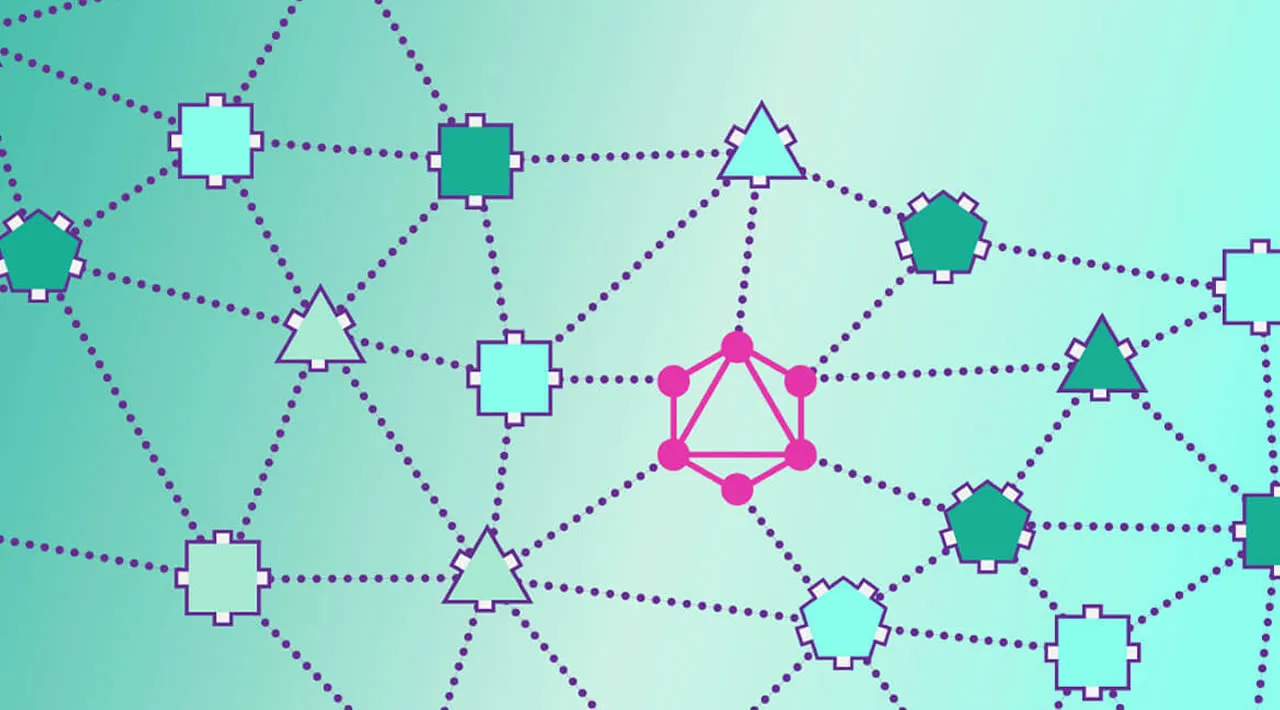GraphQL is gaining a lot go momentum. Discover the importance of a GraphQL layer in a microservice-based architecture.
While microservices offer tremendous benefits and help you stay agile, it’s important to get them right.
In this post, we are going to see how the nature of microservices makes choosing the right API layer even more important and how GraphQL perfectly fits in it.
At the end, I have also listed some key points that you need to keep in mind while adopting GraphQL in your microservices.
What Are Microservices?
Microservices based architecture is a design pattern and not a framework.
While there is no precise definition of what microservices are, it loosely corresponds to architecting your single application as a suite of smaller services that are:
- Organized around business capabilities.
- Have a single responsibility.
- Owned by a small team.
- Loosely coupled.
- Independently deployable.
- Highly maintainable and testable.
Before diving deep into microservices and why they need GraphQL, let’s compare it with monoliths to get a clearer global picture.
Microservices vs. Monoliths
Unlike monoliths, in microservices architecture, we have different services, each taking ownership of a particular part of data. Let’s take an example to understand this.
Consider the feeds page of Instagram. A simple page like this has various features in it:
- Showing a personalized list of feeds/posts.
- Showing details of the post author (name, image).
- Showing the likes and comments of a post.
Unlike monoliths, in a microservice architecture, there are different services for each of the above feature.
If you are thinking about what’s so cool about splitting our app in such a way, it’s useful to consider the following benefits of doing so:
- Independently deployable: Changes in one part of our application doesn’t mean deploying the whole application again, leading to shorter QA and release cycles.
- Increased productivity and confidence: Each team owns a small codebase which is easier to understand and test.
- Easy to migrate and optimize: You can build different services with different technologies (languages, frameworks, databases) as per the task and team resources.
#microservices #graphql
